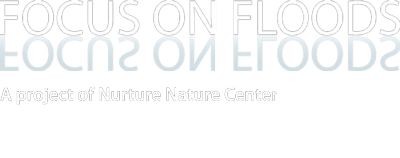Communicating the uncertainty inherent in climate change is a difficult task, especially since little is known about how groups of people understand uncertainty and make decisions based off of their perceptions of uncertainty. Typically, it is assumed that the general public best understands information, any kind of information, analytically via use of statistics. However, this article demonstrates the significance of expanding communication methods, in this case directed towards climate change and uncertainty, to including experiential processing. This article begins by defining experiential and analytic processing, provides several examples of experiential processing being a more efficient communication mechanism than analytical processing, despite analytic being utilized far more frequently, and ending with suggestions for future research and policy. The decisions made by various people in the movie, The Day After Tomorrow, as well as by Ugandan farmers’ groups are referenced throughout the article. The overall concluding observation from the study is that personal experiences, affect, and visual descriptions communicate uncertainty information more effectively than statistical information. This is primarily based upon the observation that several heuristics, or “rule[s] of thumb,” associate personal experience with increased decision making.
